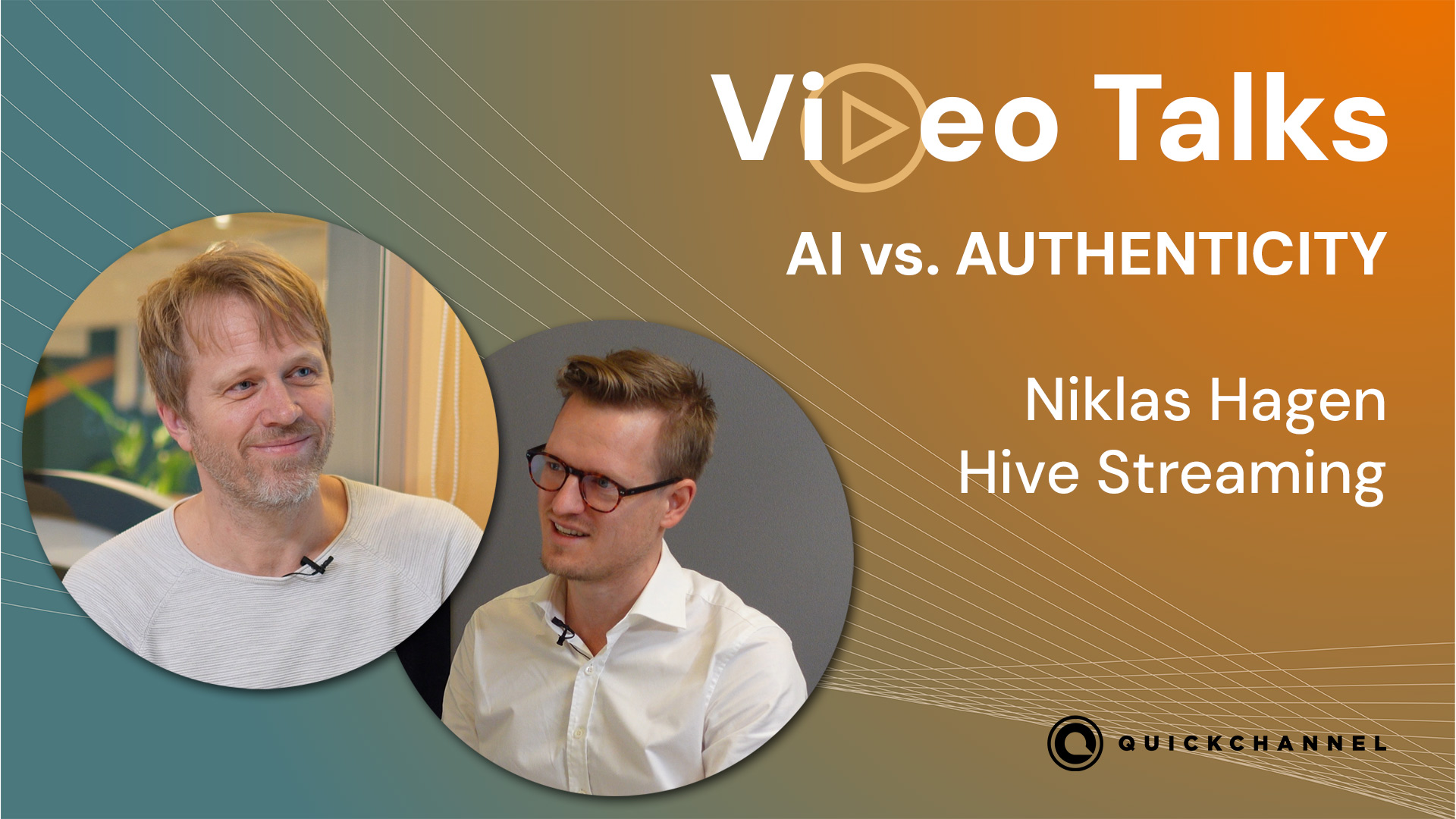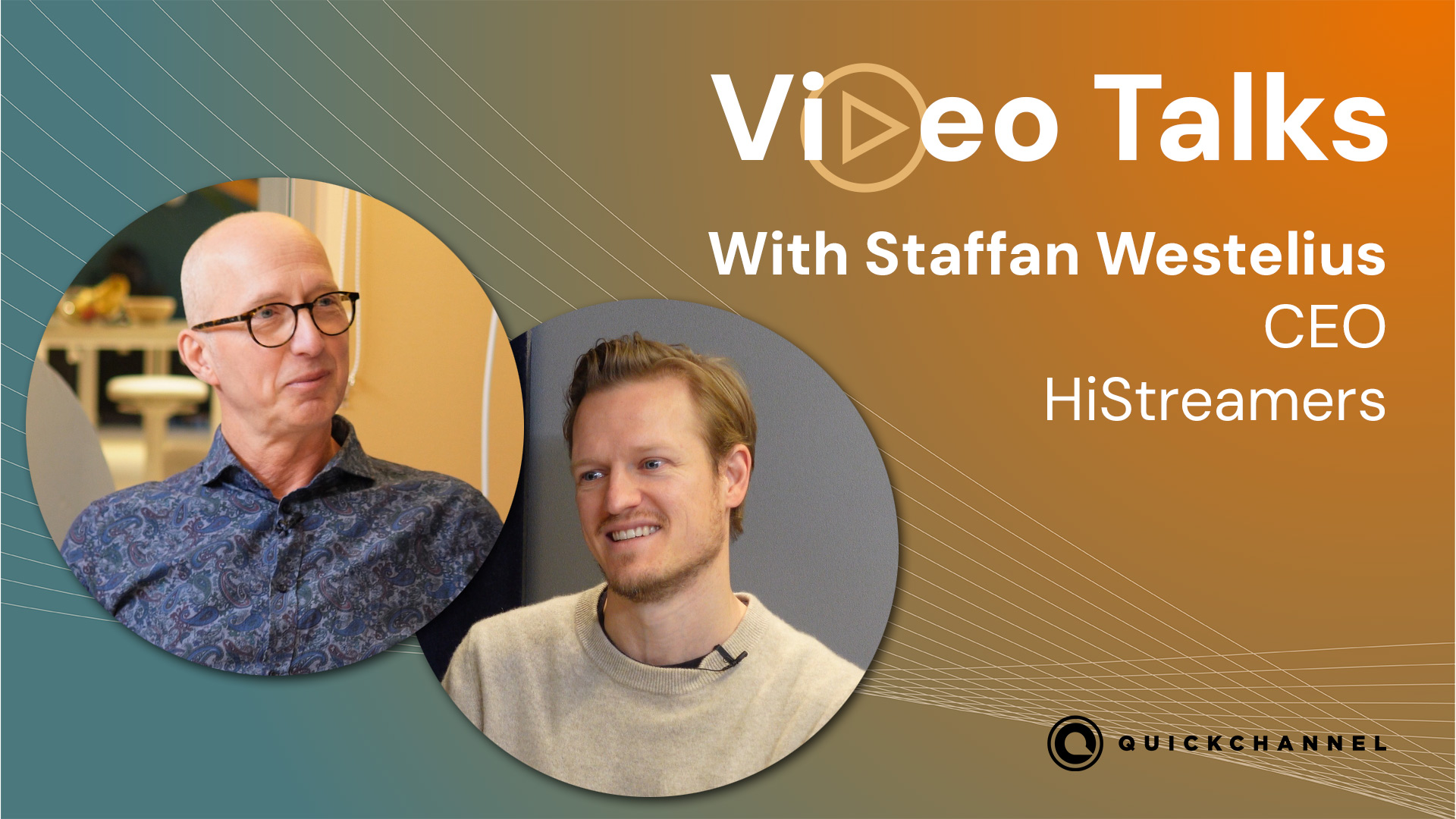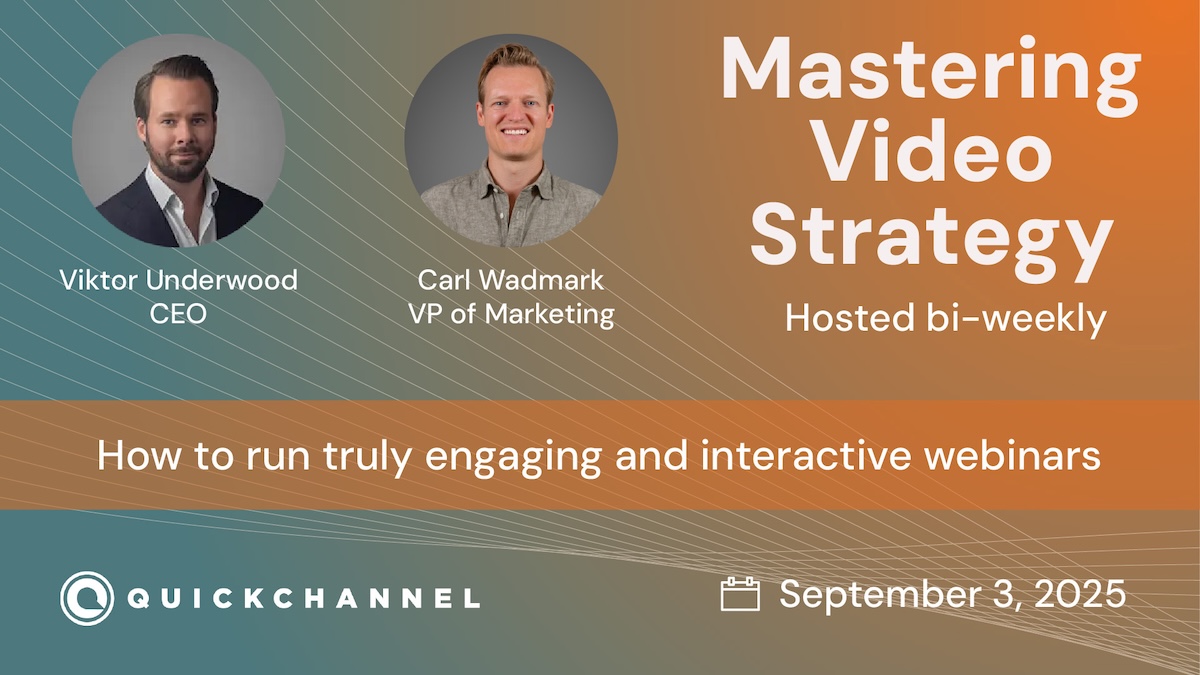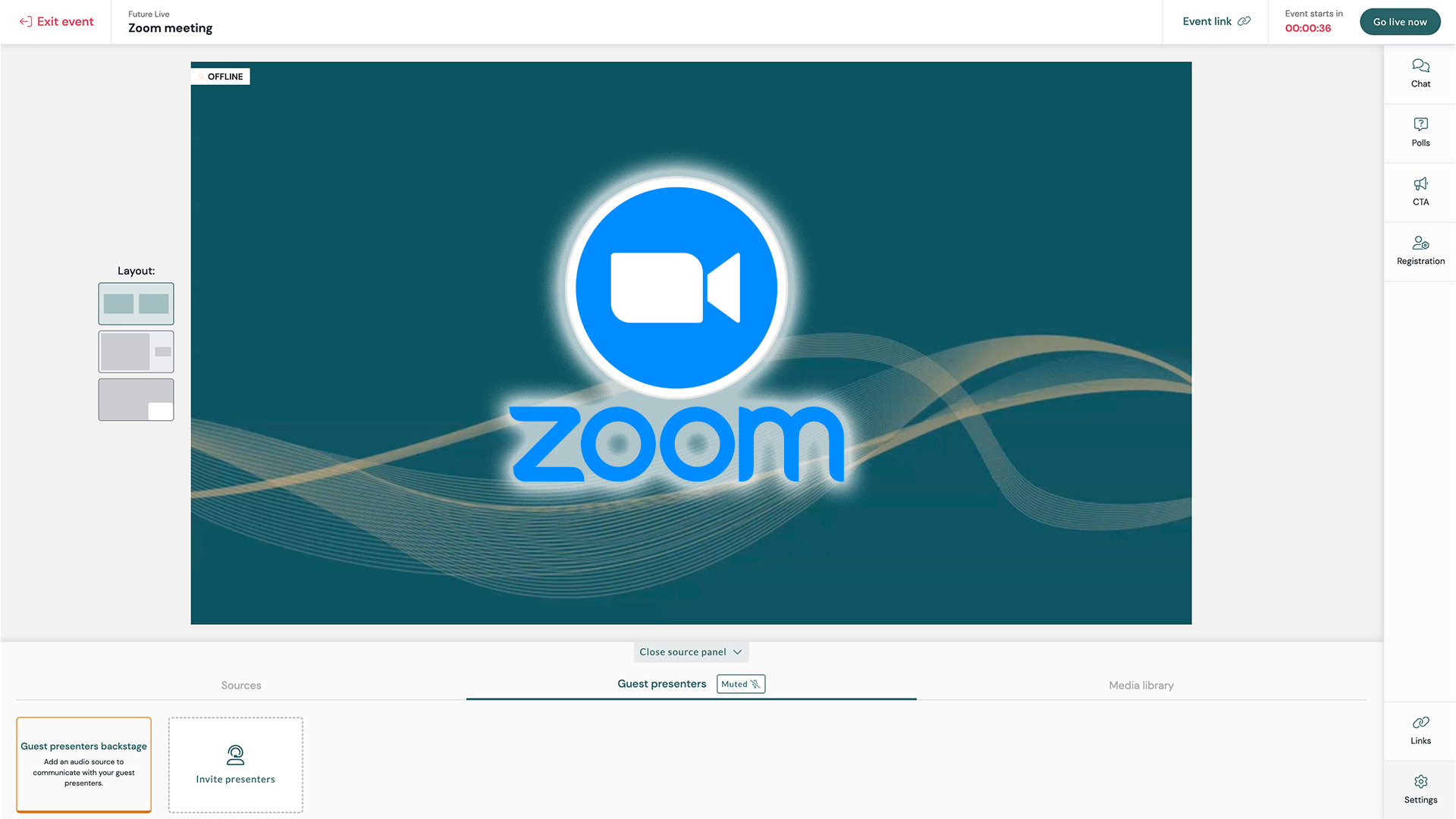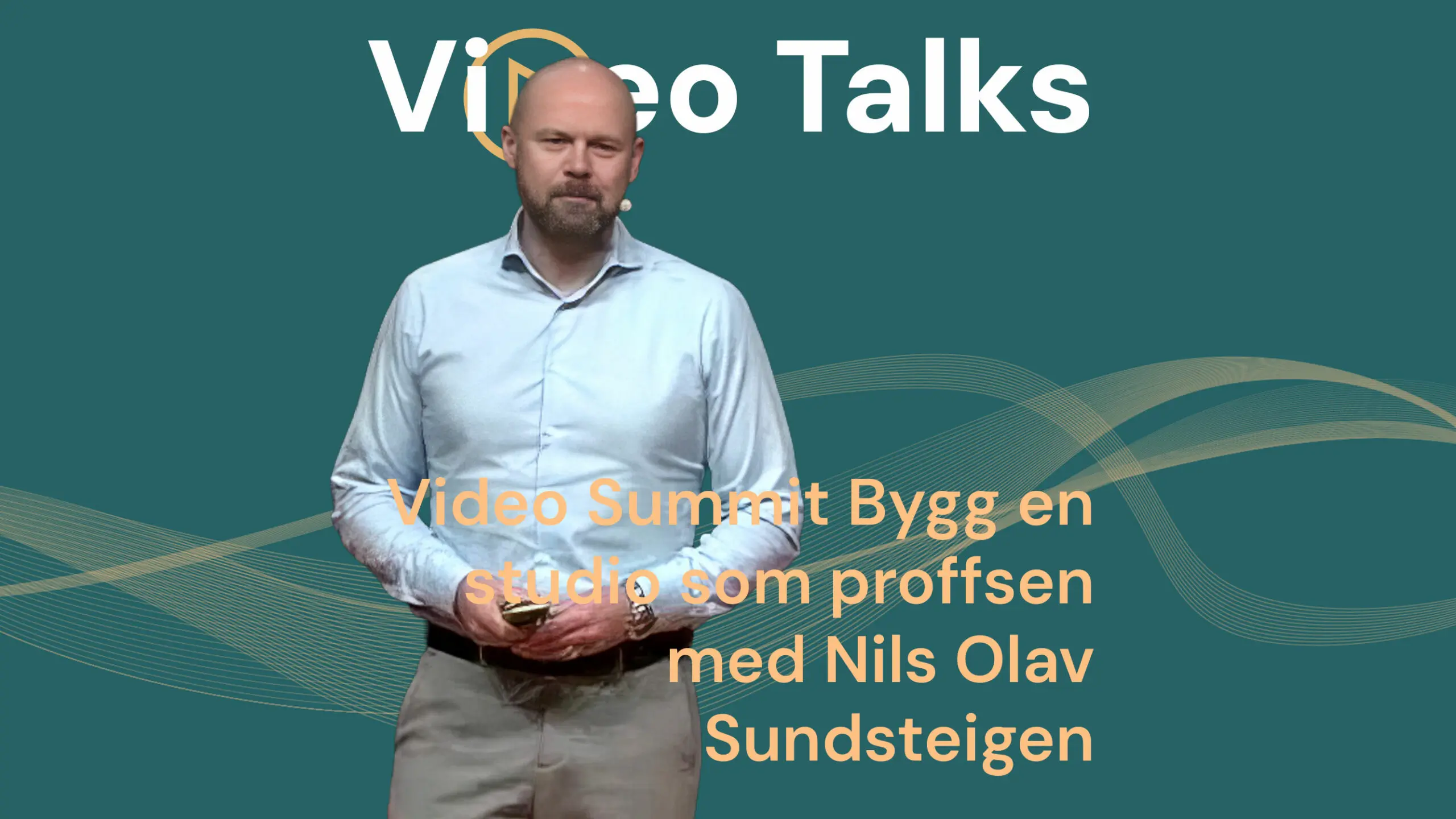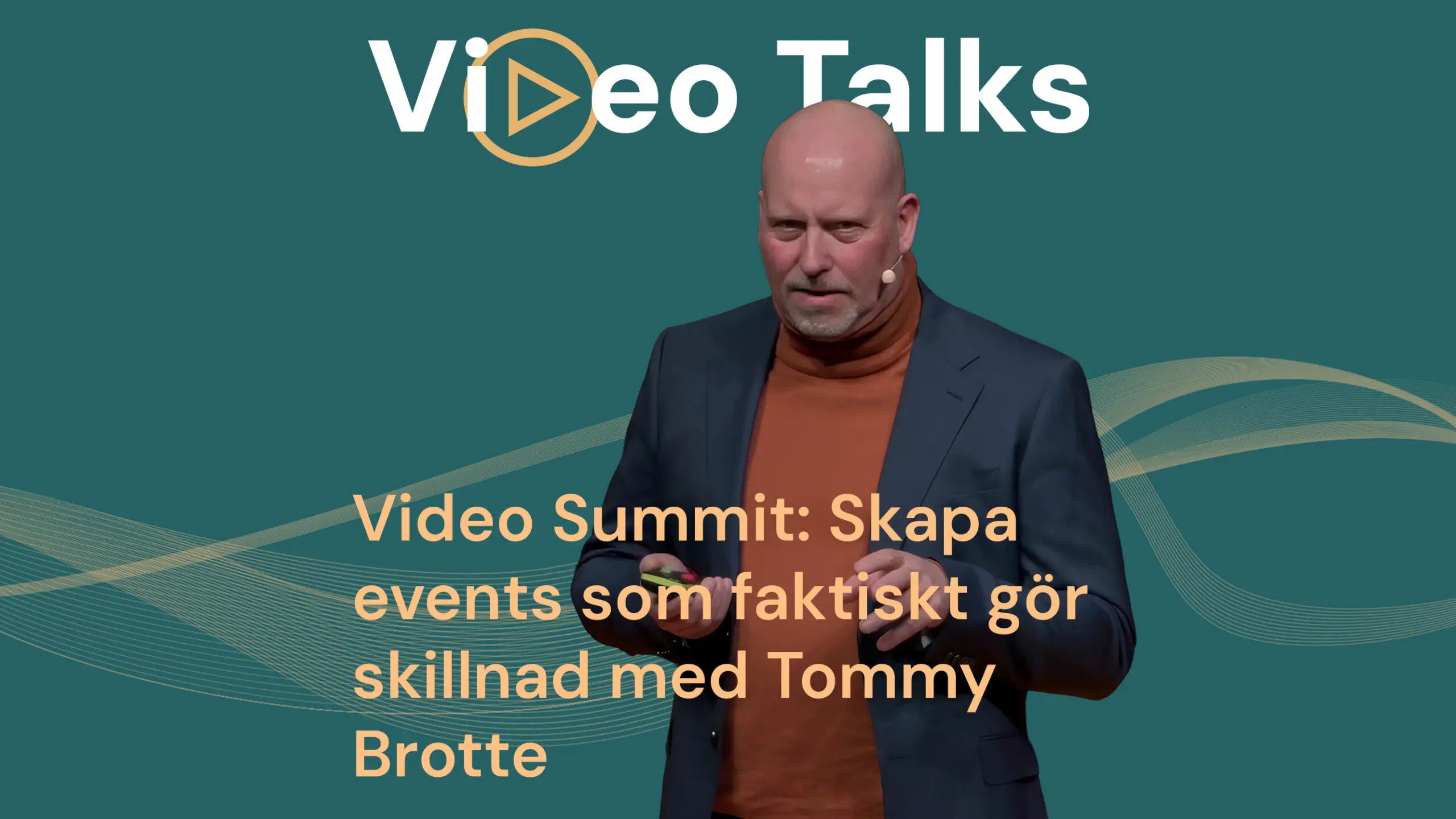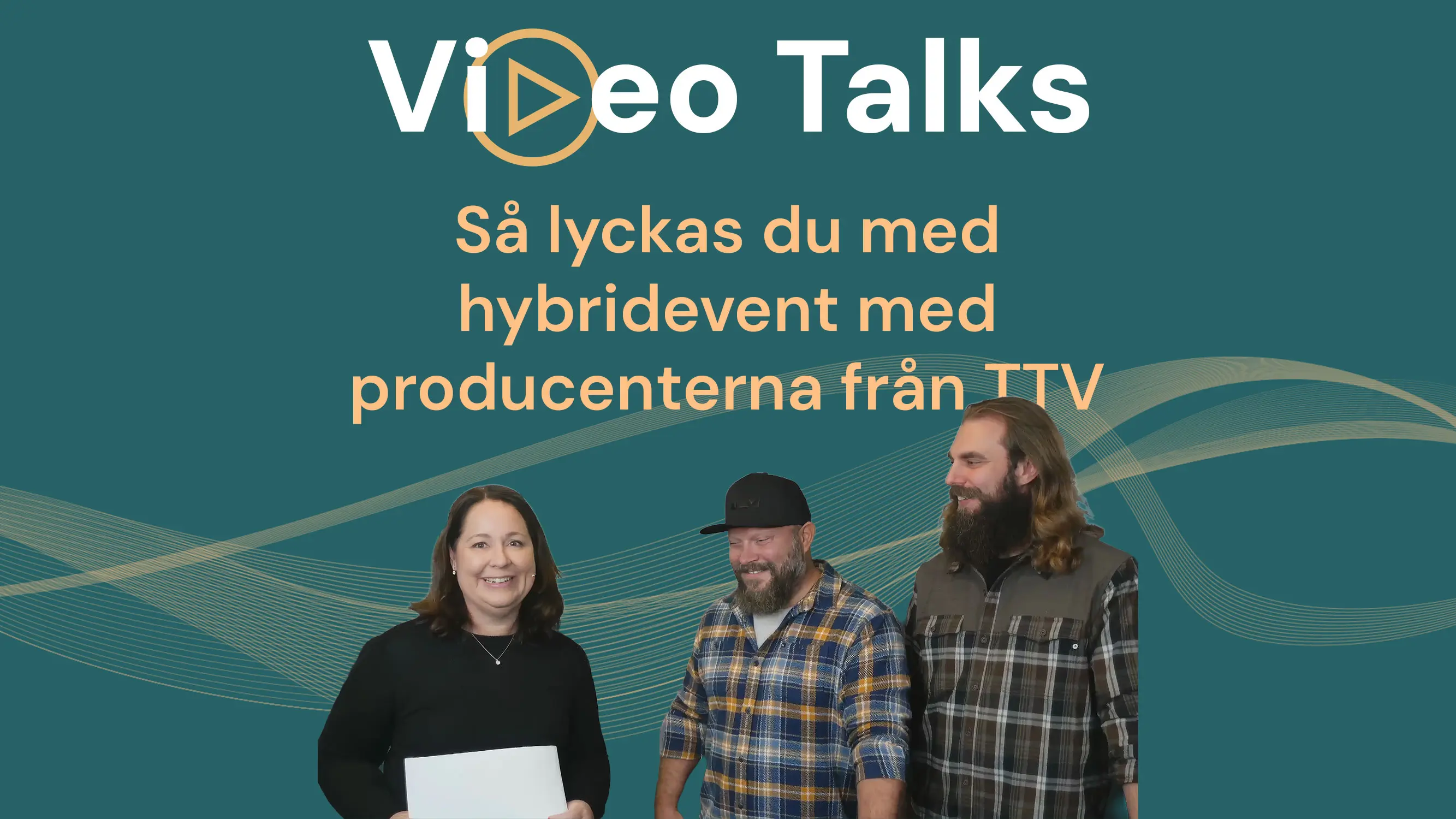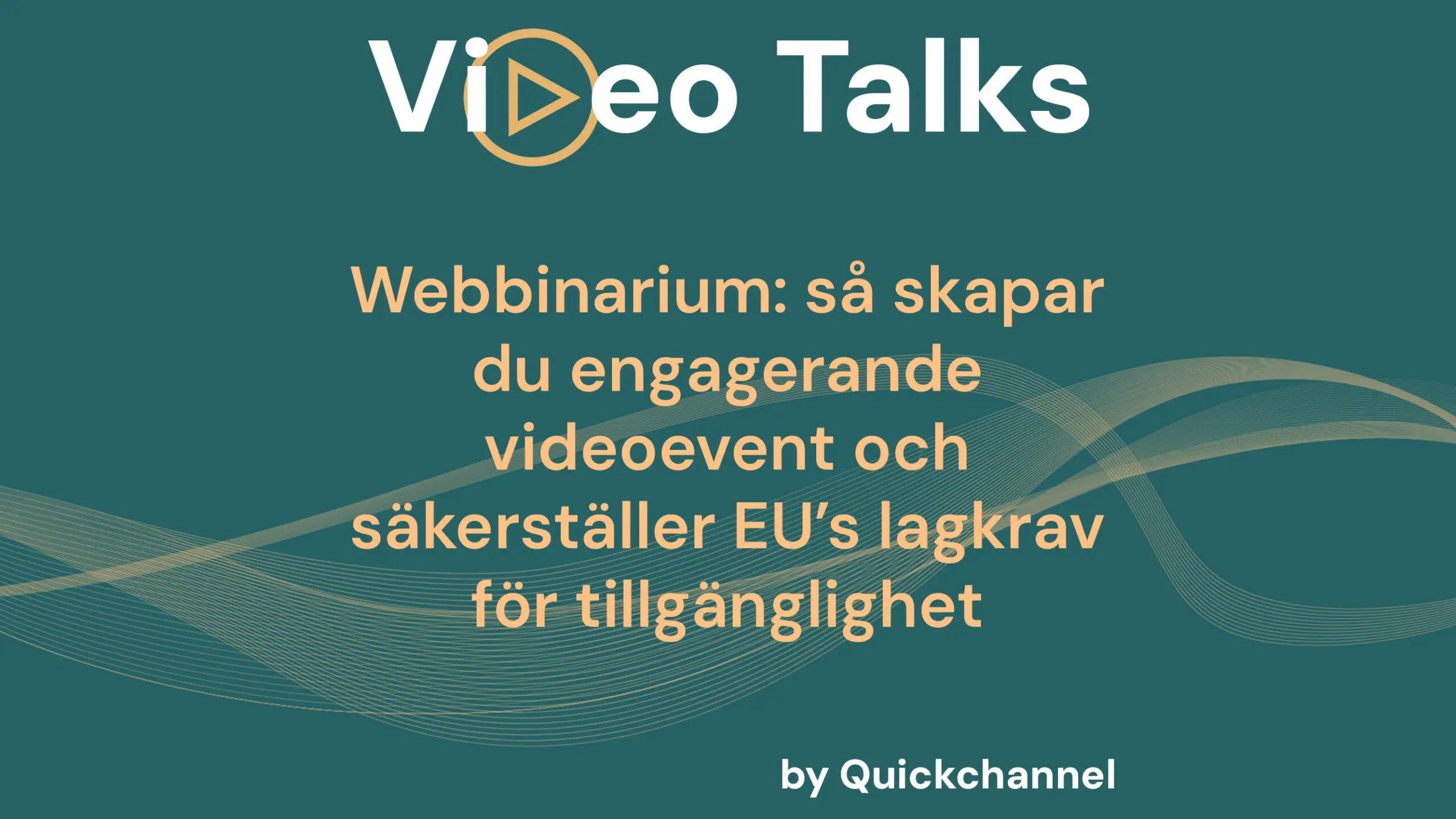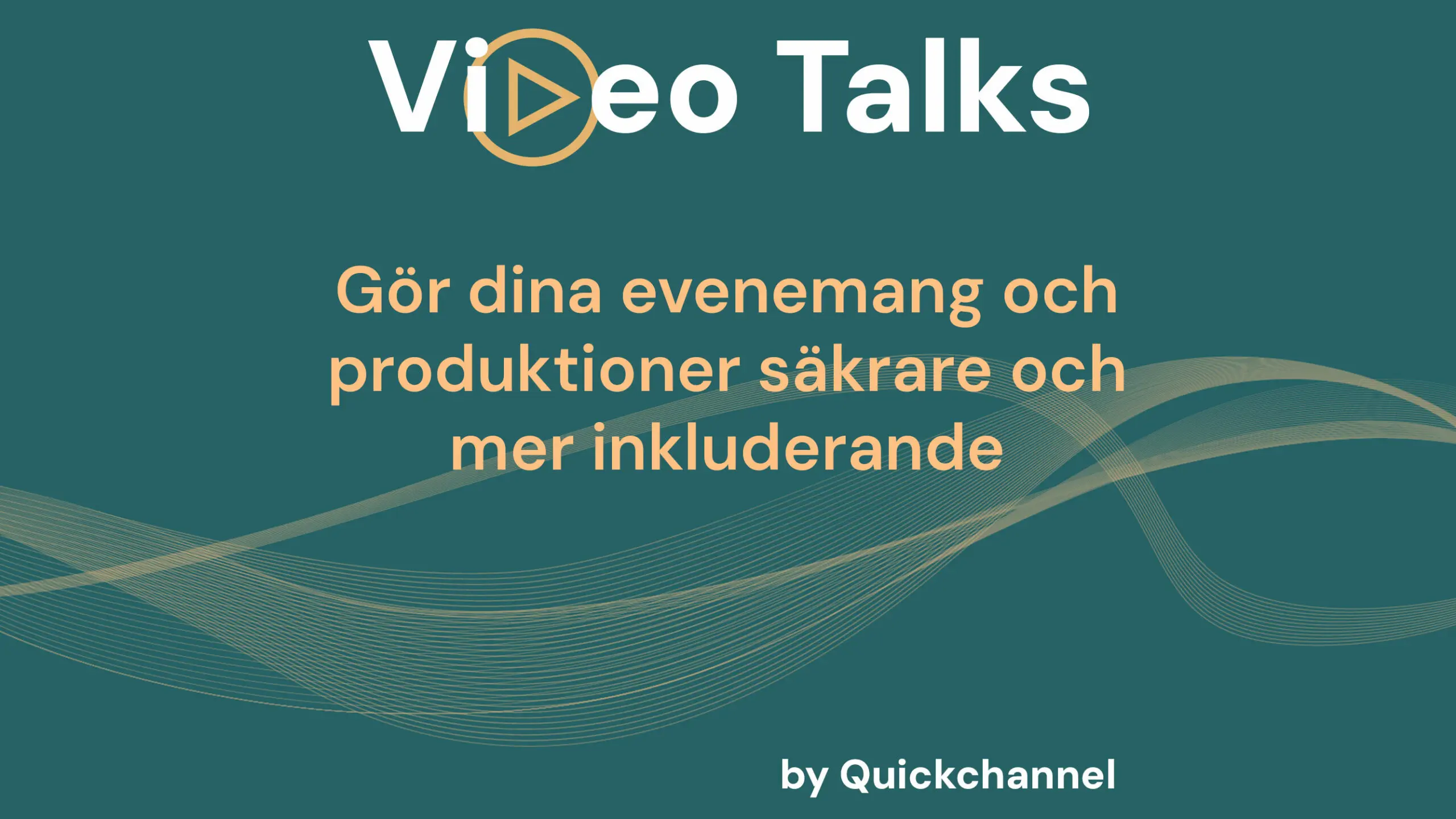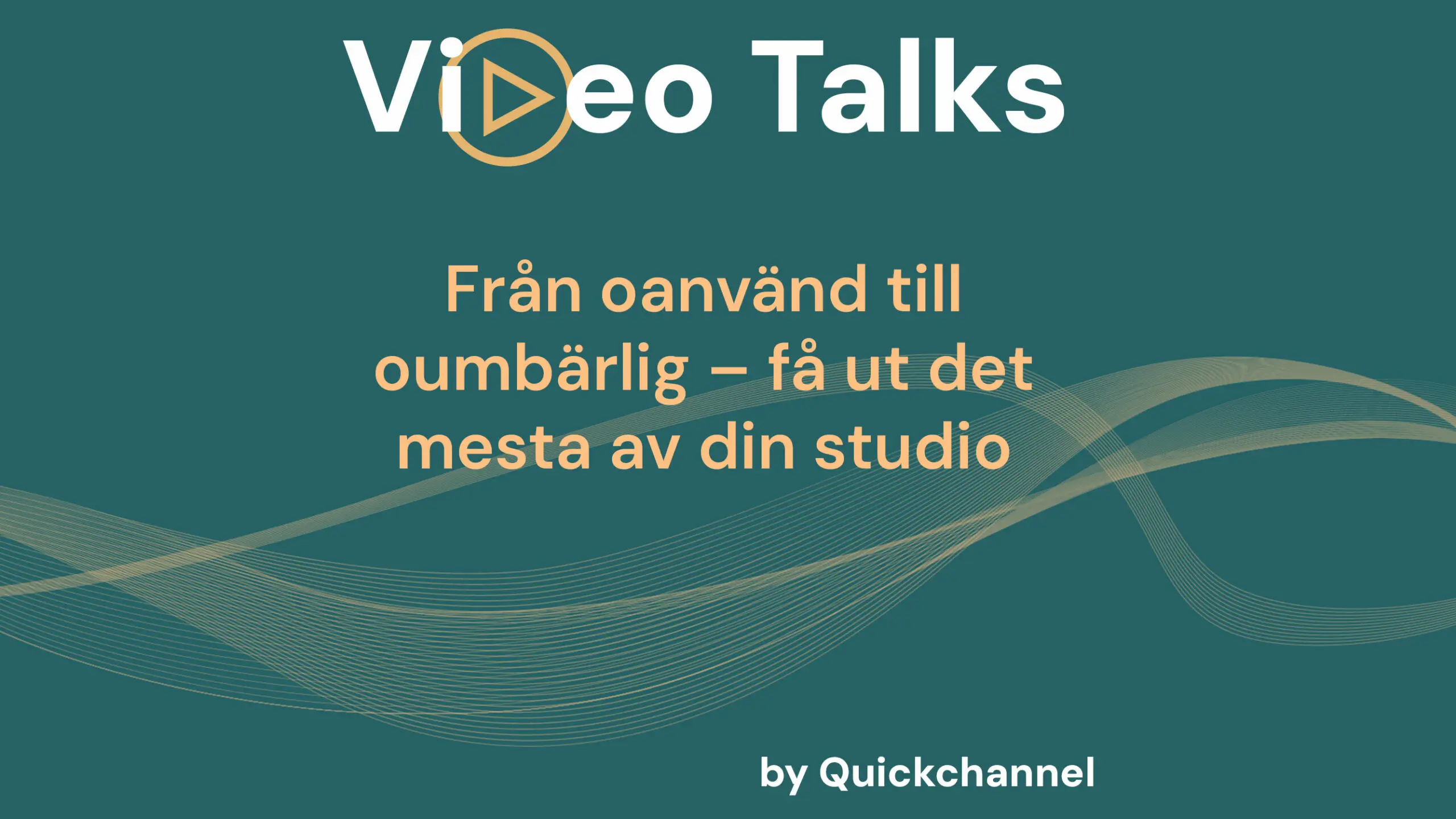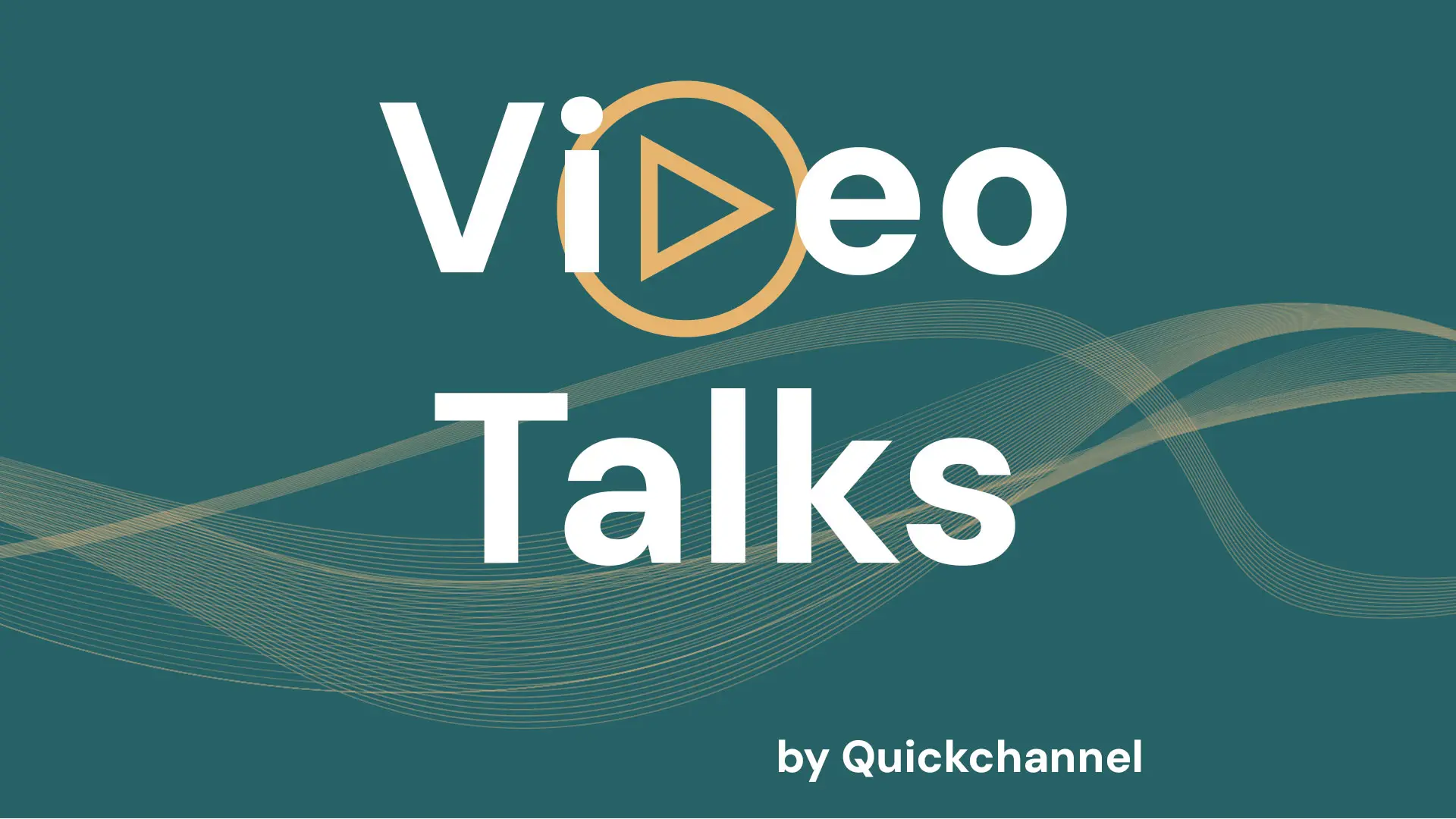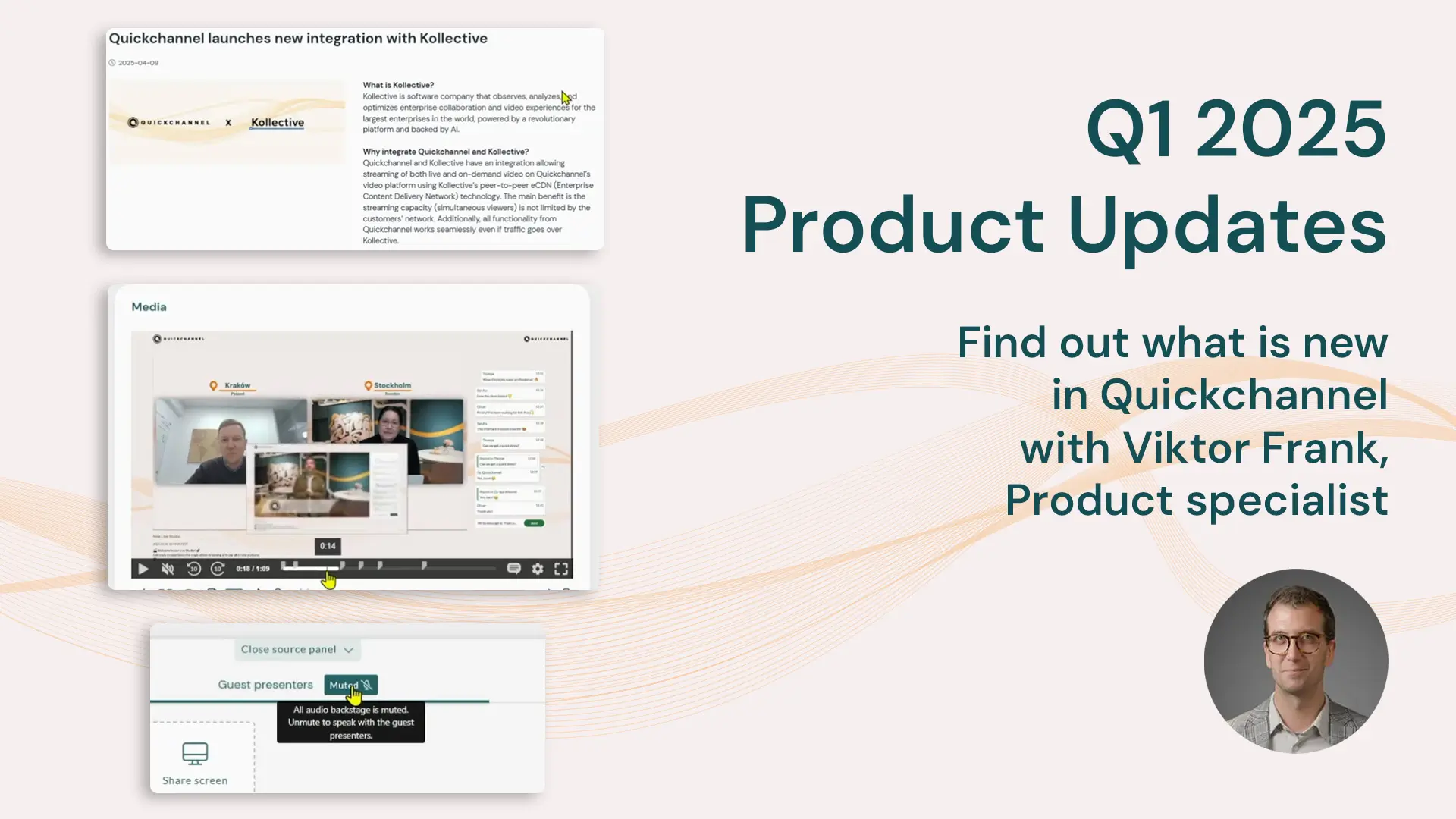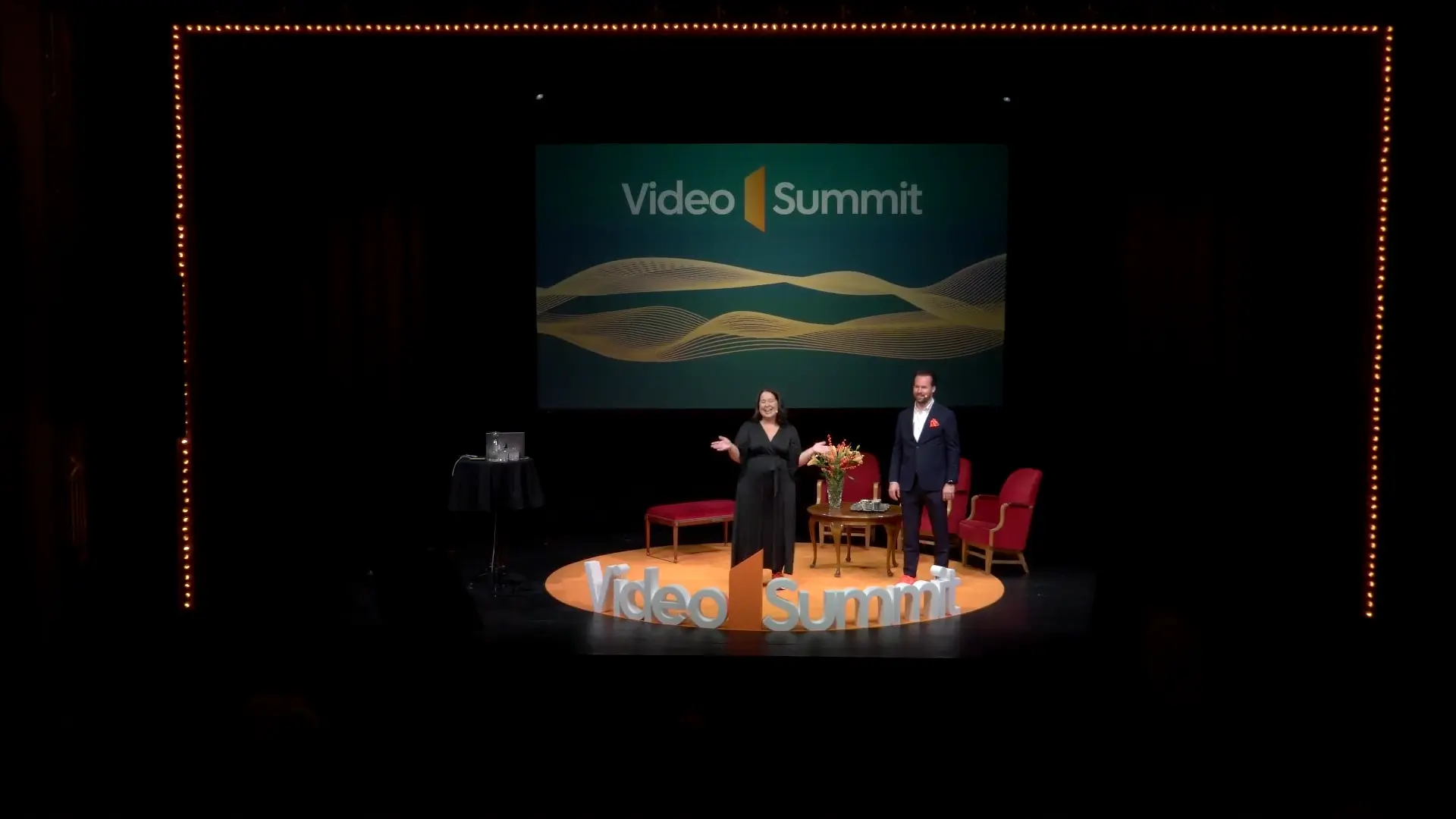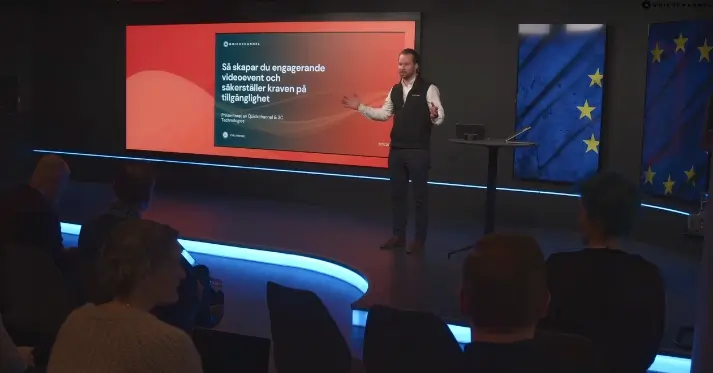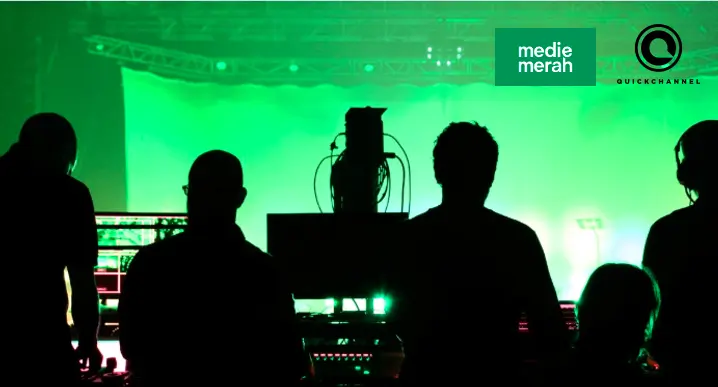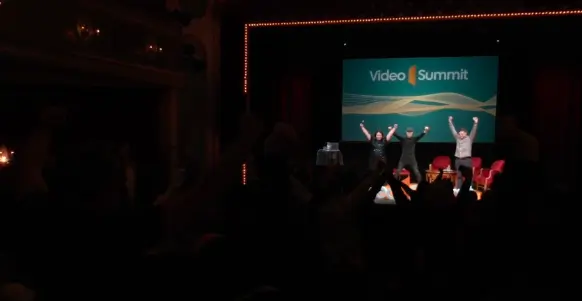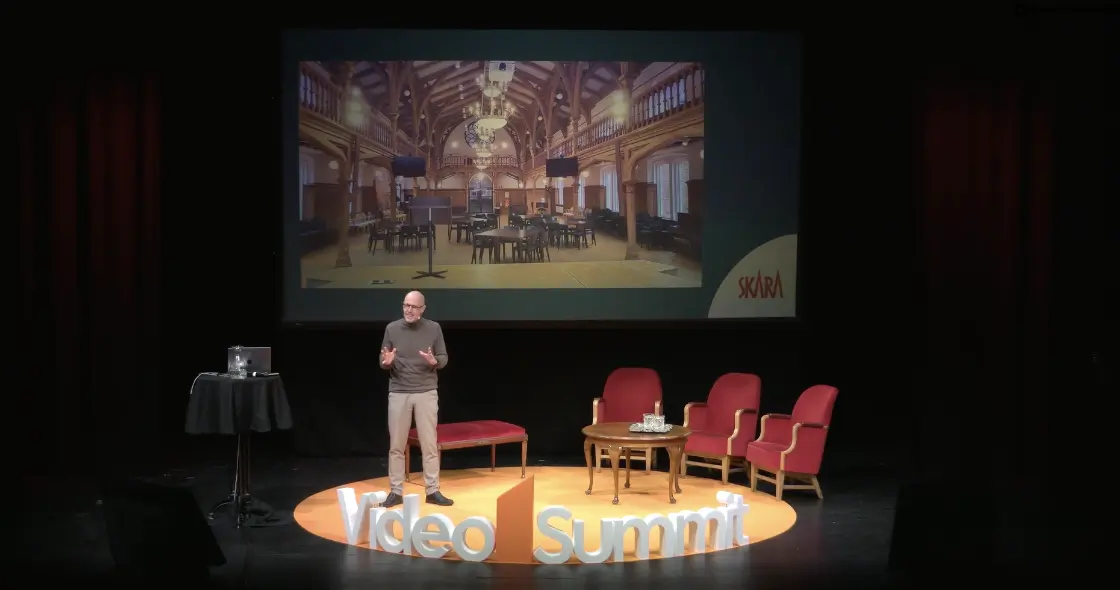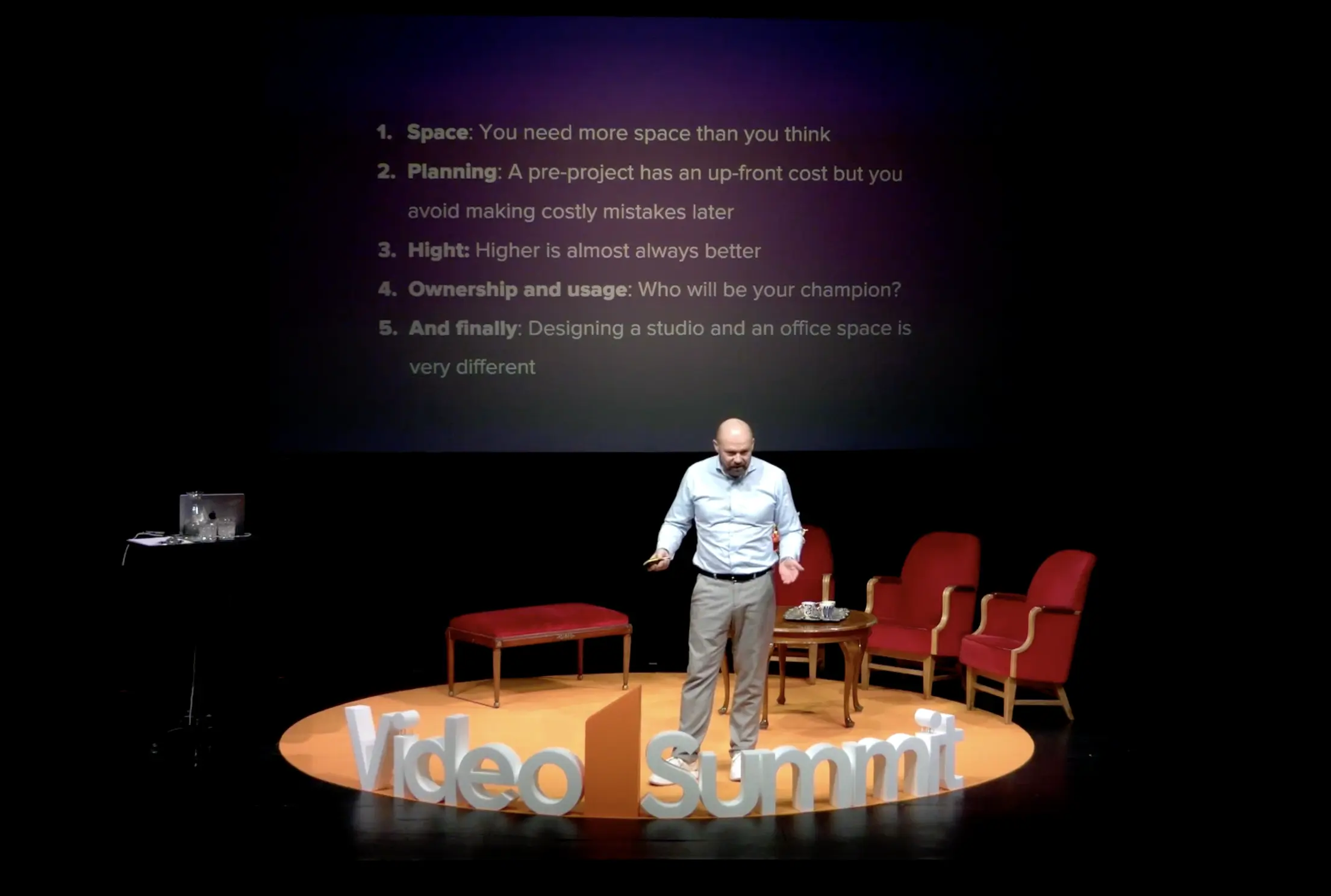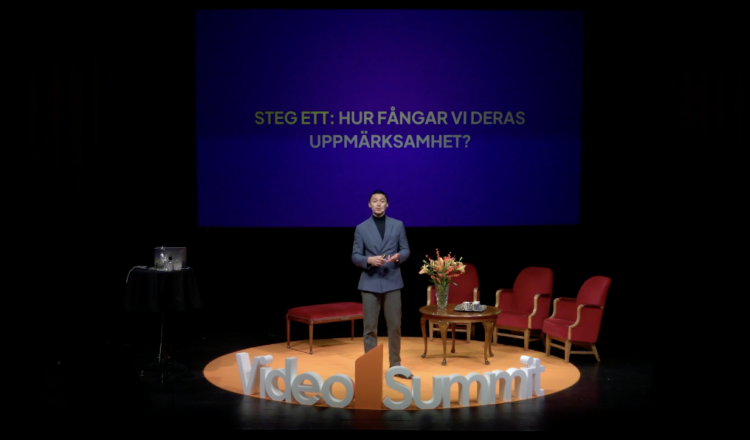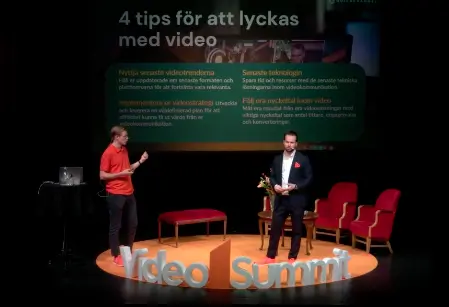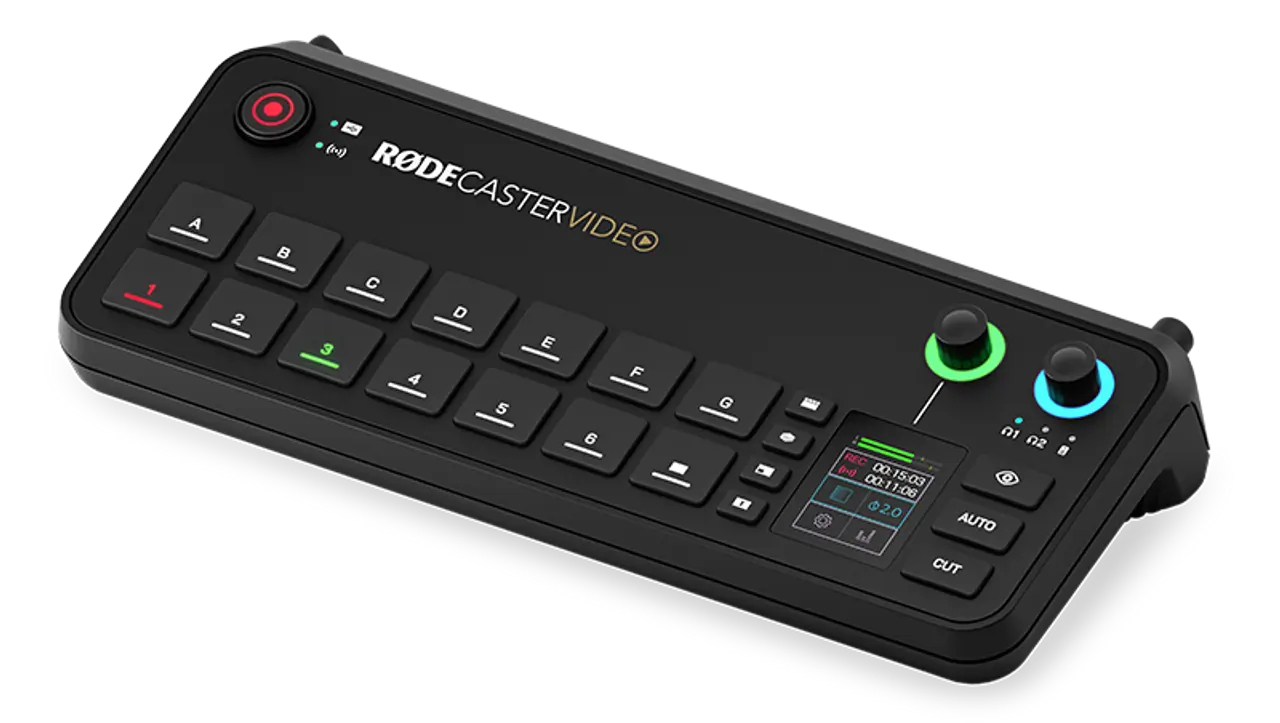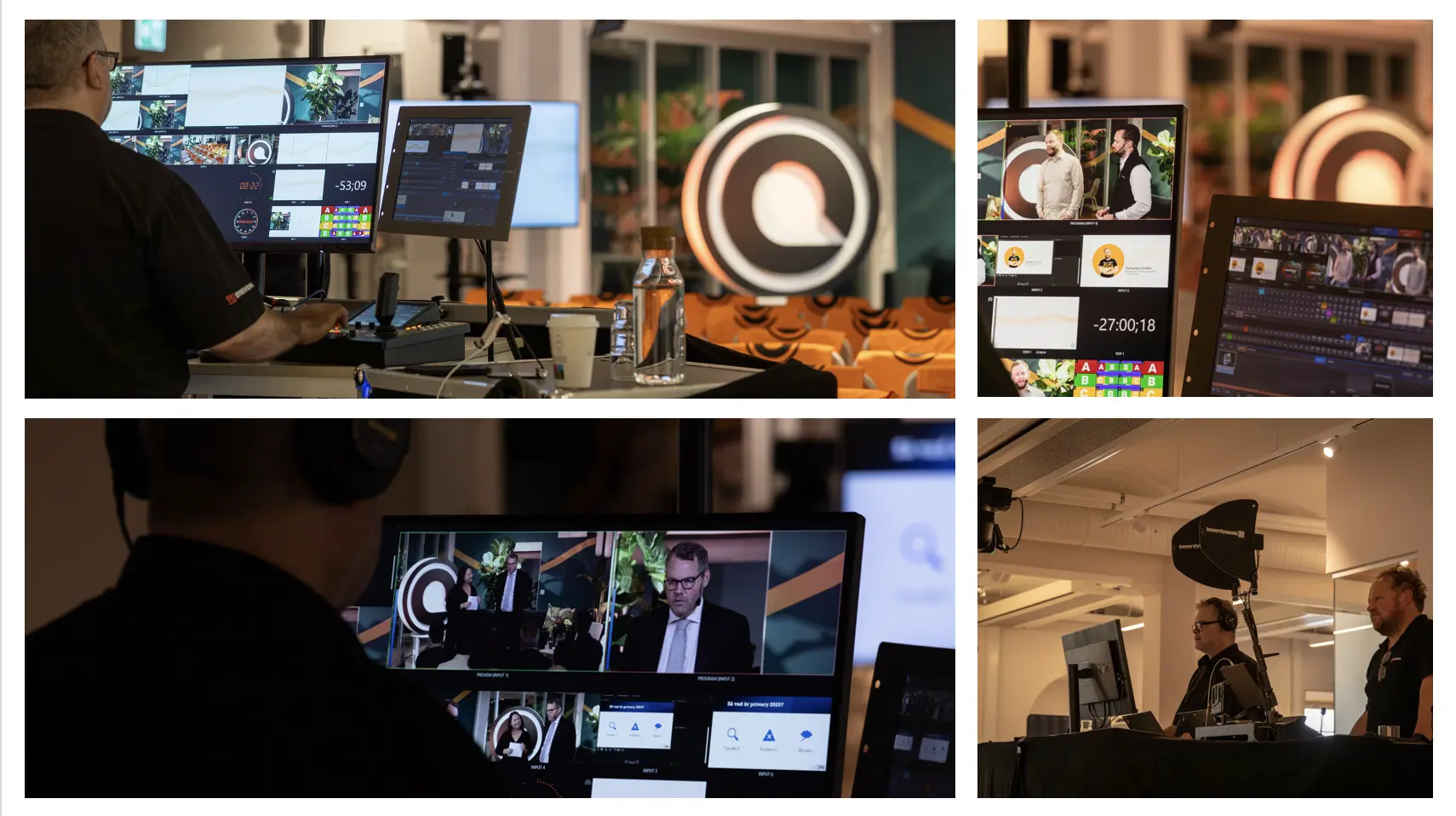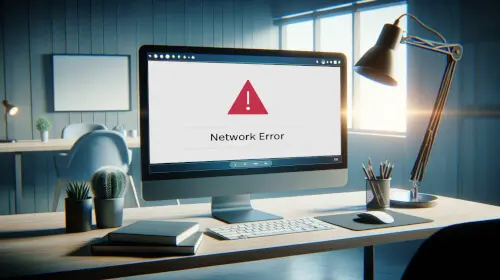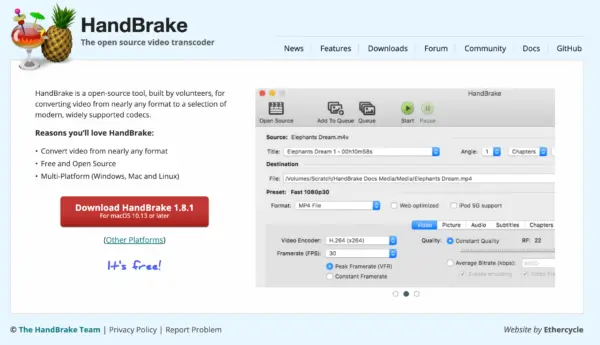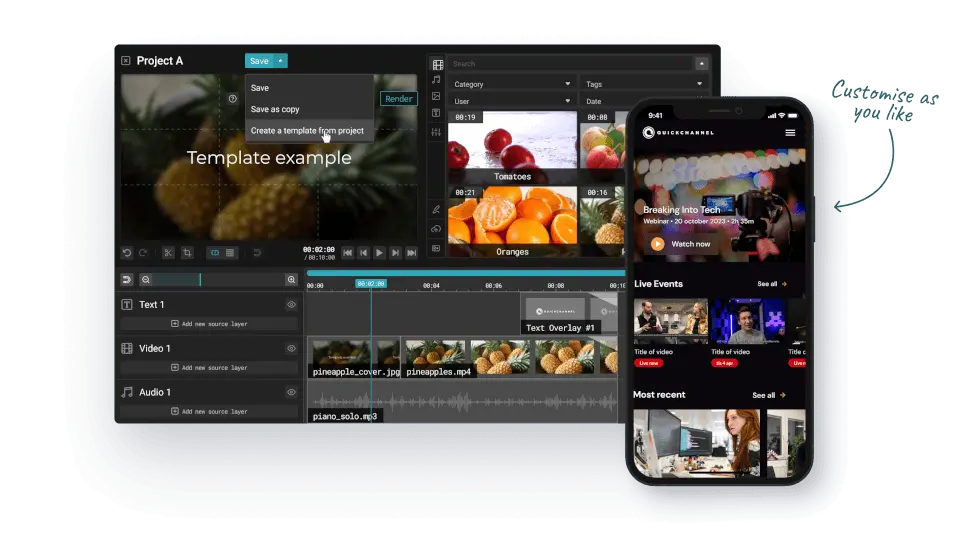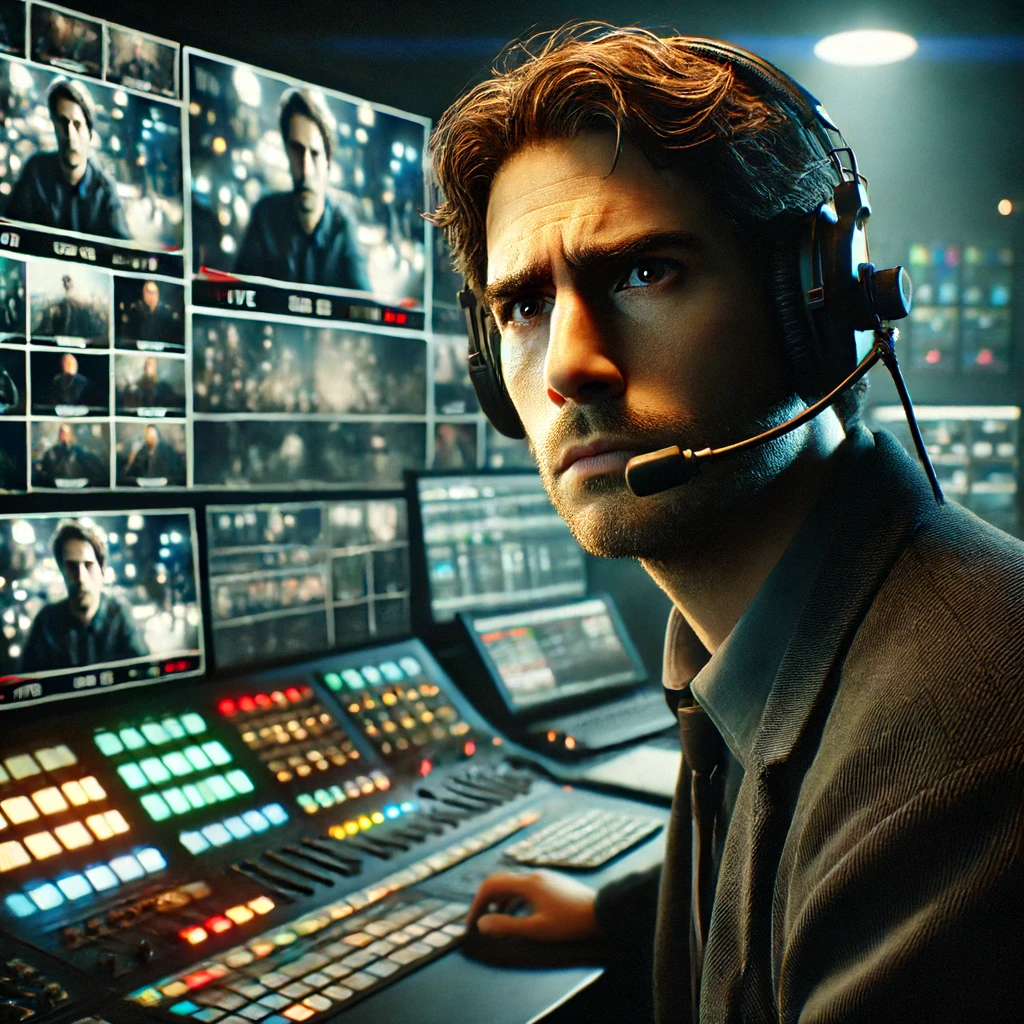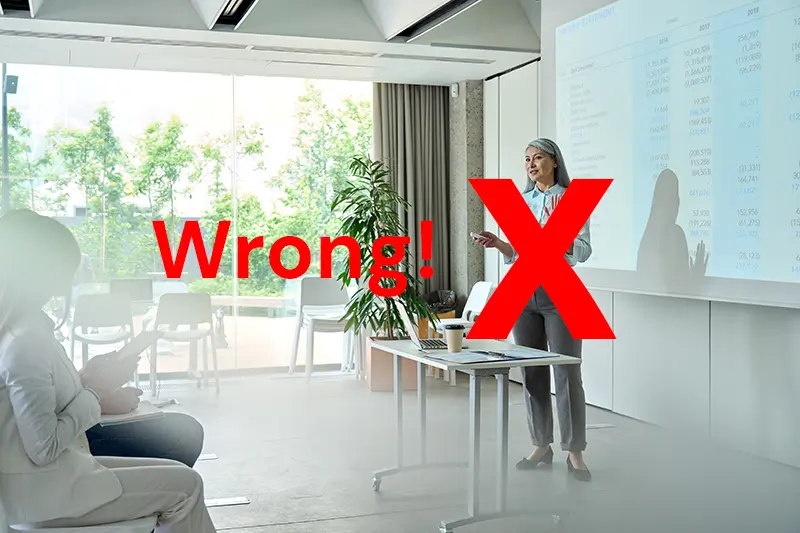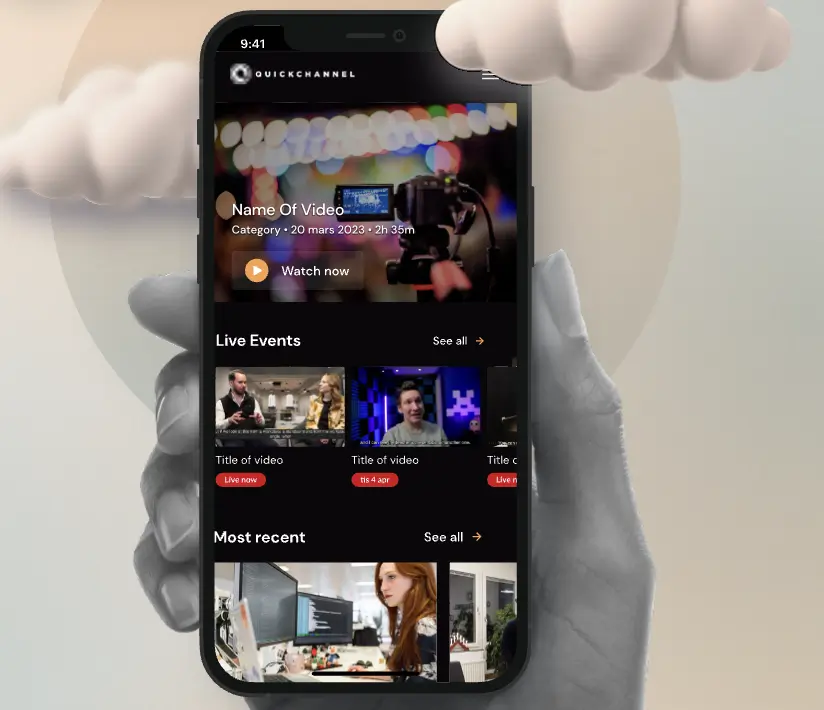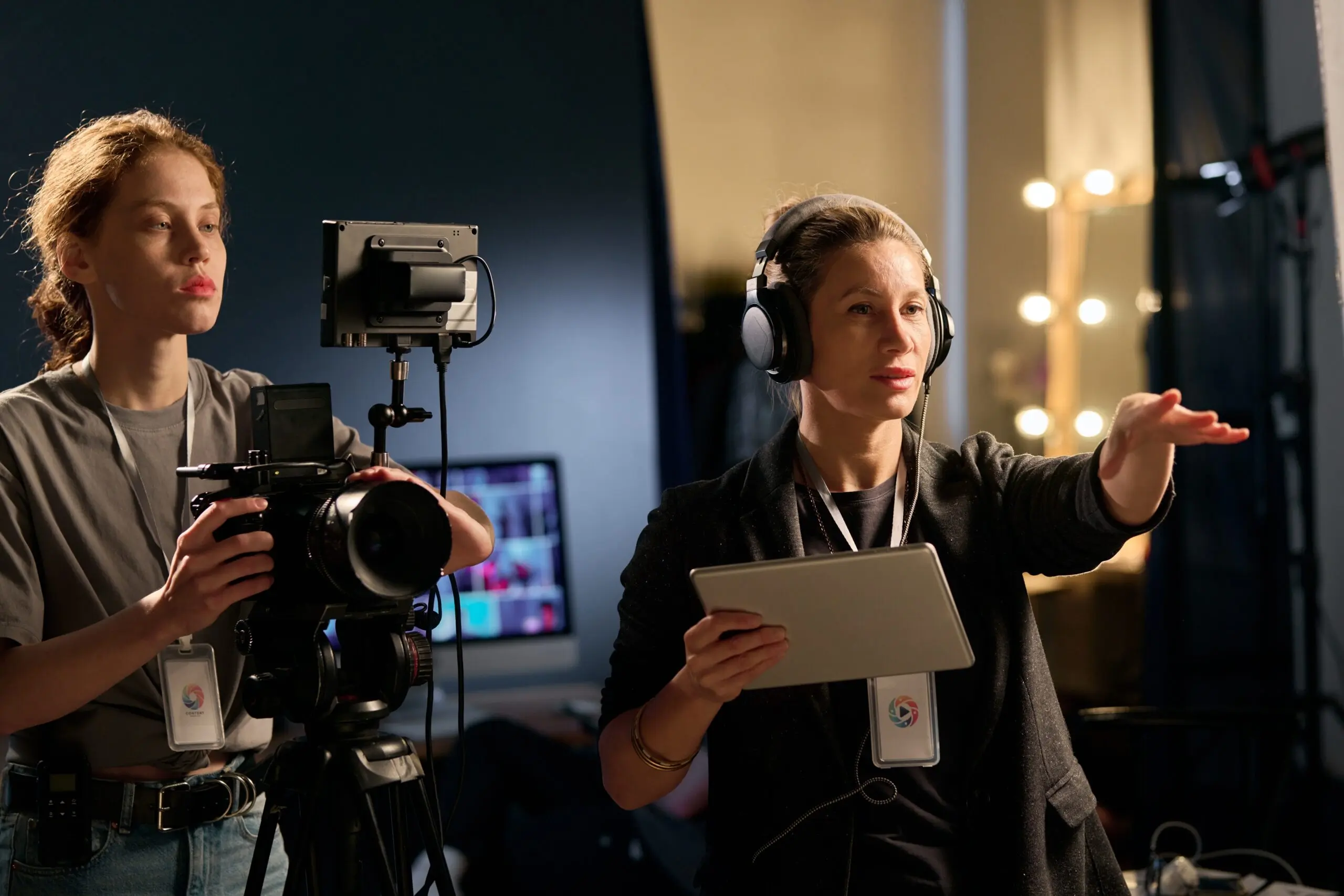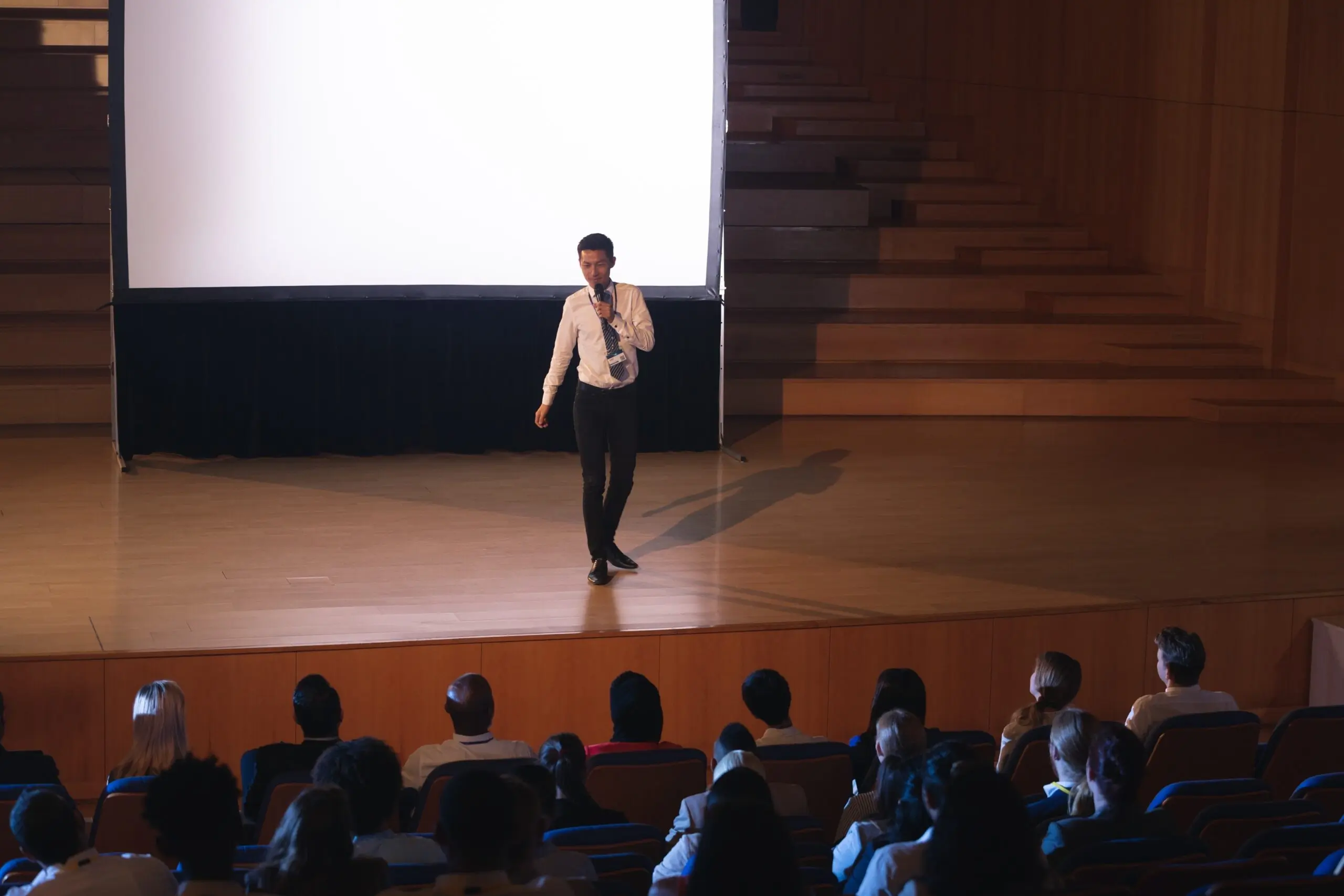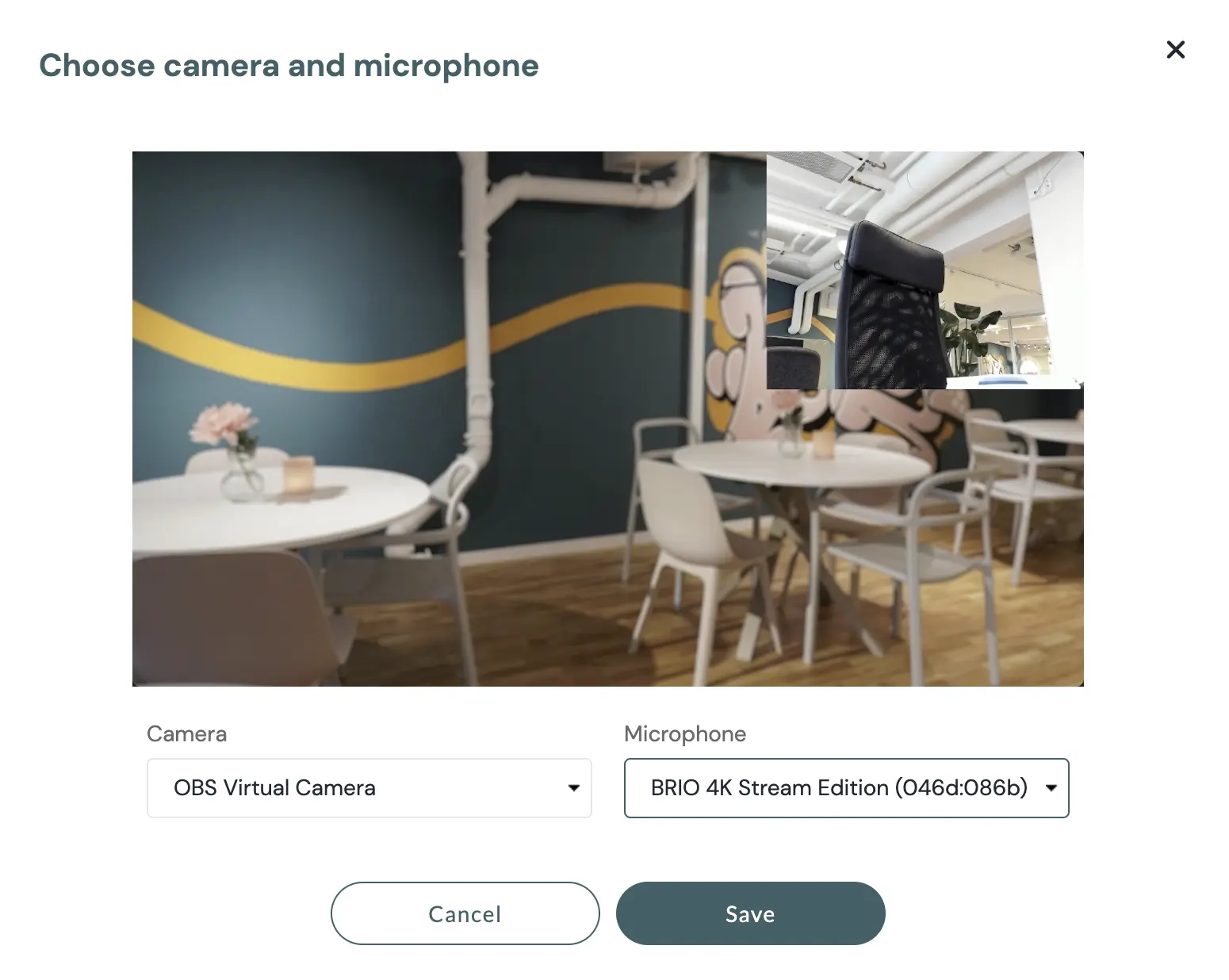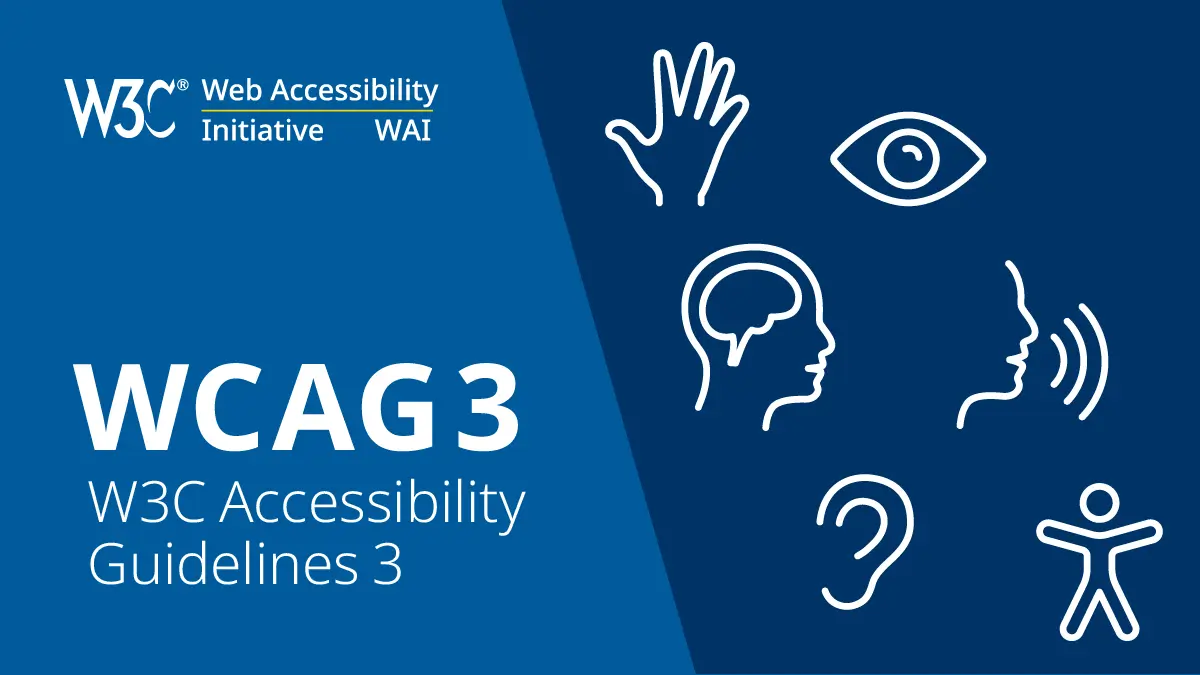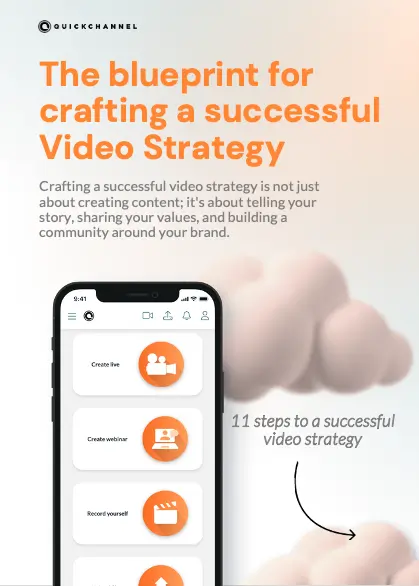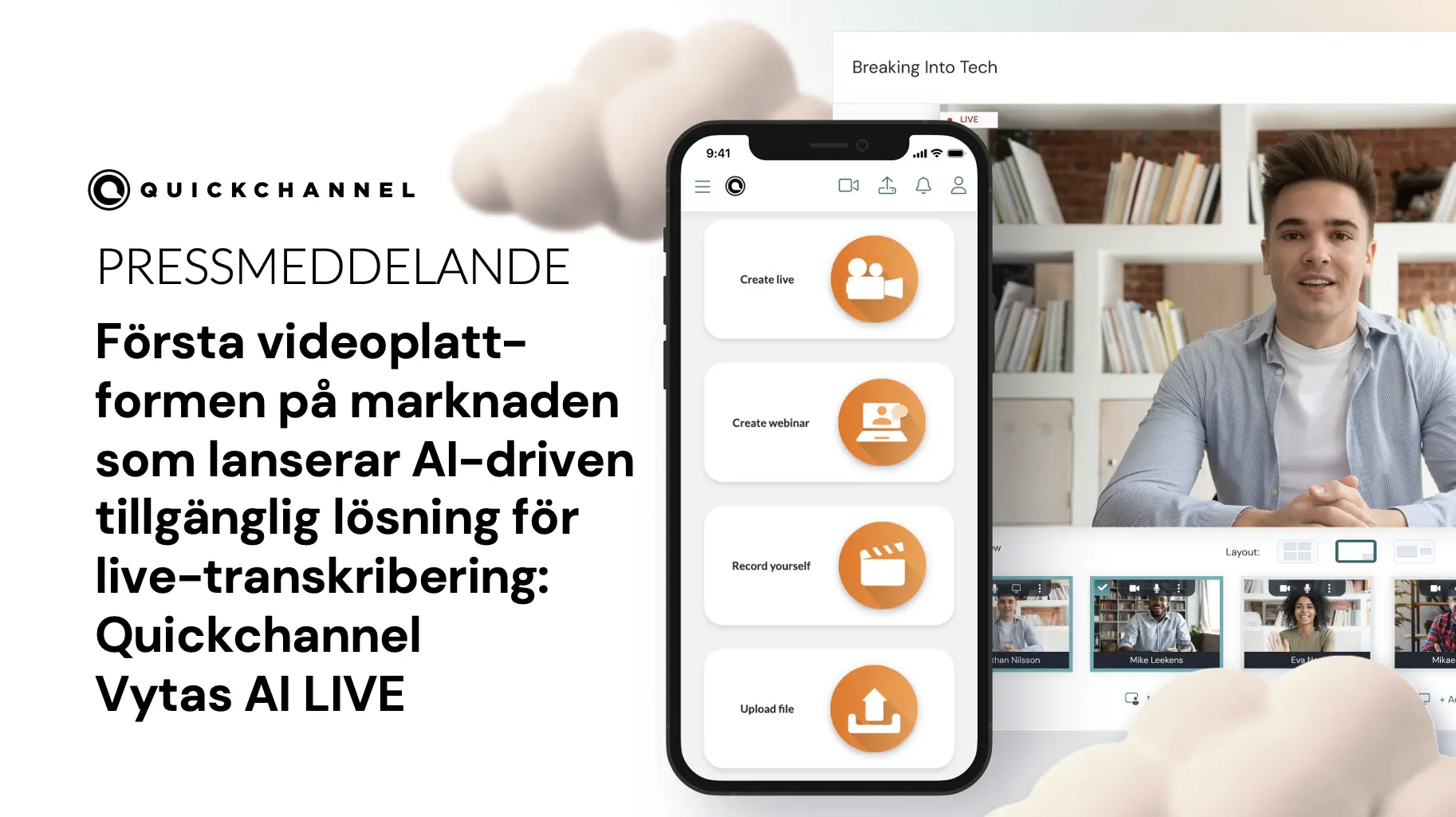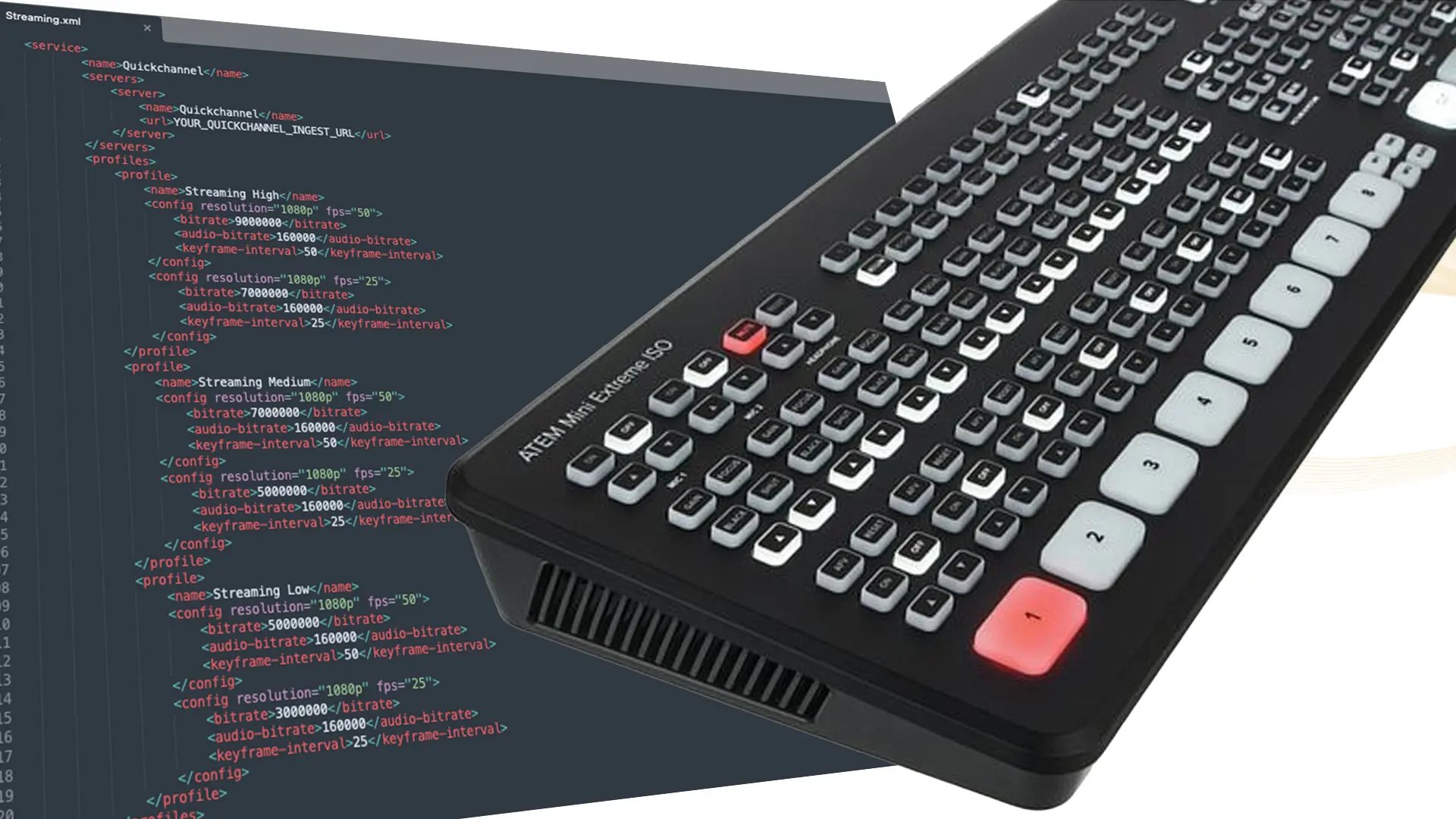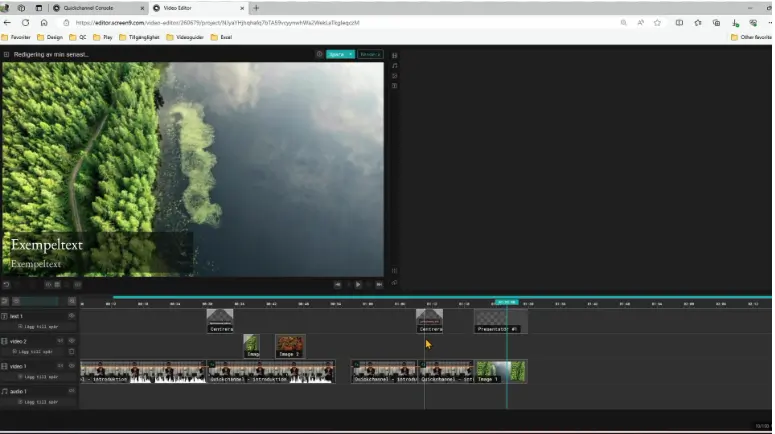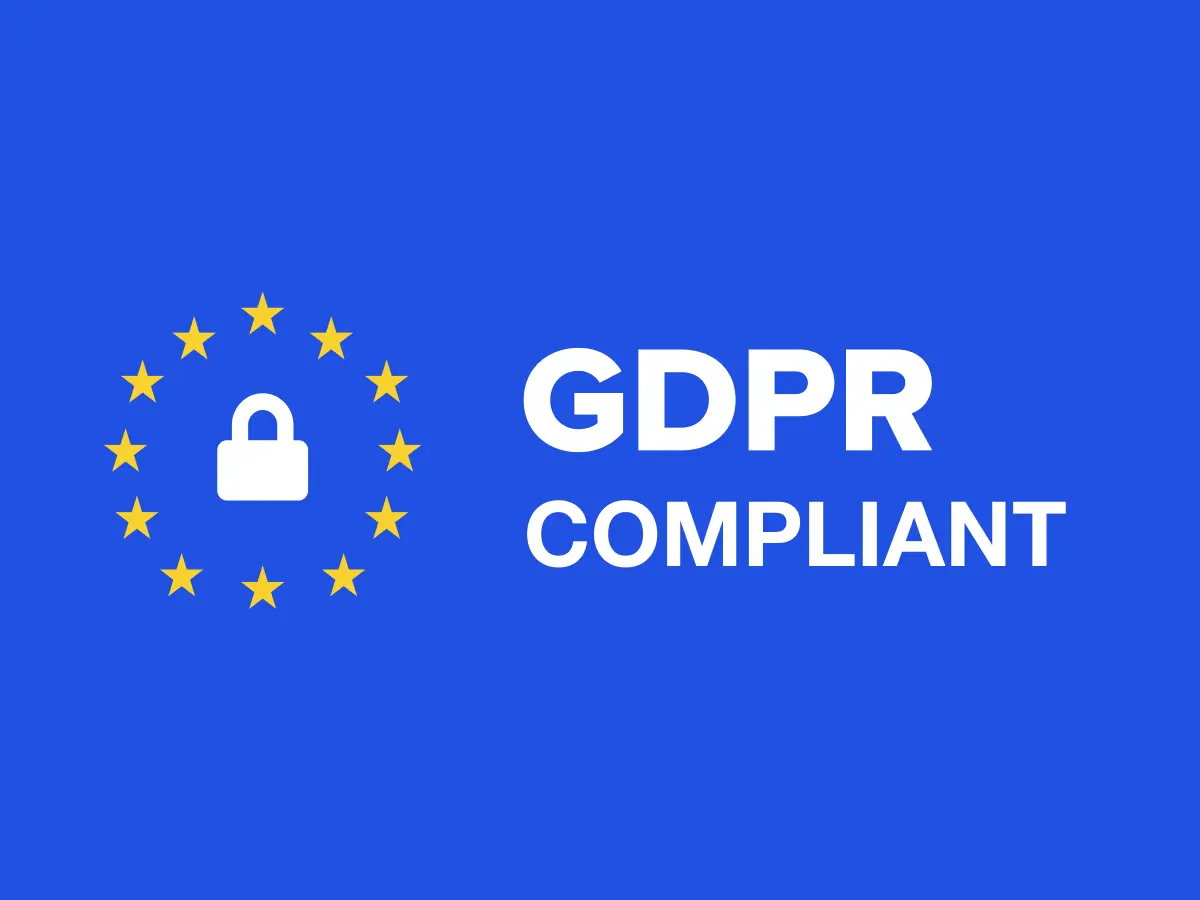At Video Summit 2024, Tommy Brotte, an expert in content and show production, captivated the audience with his insights into crafting impactful events. His session delved into the essential elements of event design—dramatization, rhetoric, and technology—and how these can work together to create experiences that not only engage but inspire lasting change.

Why events need more thoughtful planning
Tommy began by addressing a common pitfall: the tendency to overestimate audience interest and engagement. Drawing from his extensive experience with over 3,000 events, he emphasized that creating an event requires meticulous preparation and a deep understanding of the audience’s needs, preferences, and attention spans.
“You need to win over your audience’s mental ‘bouncer,’” Tommy explained, likening the brain to a nightclub where only the most compelling stimuli are allowed entry. In today’s crowded digital landscape, this is more important than ever. With so much competing for attention, event organizers must prioritize content that is engaging, relevant, and memorable.
He also shared a striking example: imagine attending an event about a new organizational strategy. If the presentation skips directly to the details (the ”what” and ”how”) without first addressing the importance of the strategy (the ”why”), it’s likely to fall flat. Audiences need a reason to care—whether it’s understanding the benefits of a change or the risks of inaction.
The 3 best friends of event design
1. Dramaturgy
Storytelling is one of the most powerful tools for capturing attention and retaining interest. Tommy emphasized the importance of structuring events like a well-told story. Begin with a strong opening to hook the audience, maintain engagement through dynamic pacing, and end on a high note to leave a lasting impression.
For example, performers like magicians structure their shows with an intentional energy curve. They start strong, dip slightly to build anticipation, and end with a crescendo that leaves the audience in awe. This technique applies not only to entertainment but also to corporate events. An engaging keynote or a surprising reveal can leave attendees talking long after the event ends.
He suggested viewing events as a series of phases:
- The Why: Why is this event important? What’s at stake?
- The What: What changes or actions are being proposed?
- The How: How will these changes be implemented?
By allocating time to each phase, organizers can guide audiences through a narrative arc that keeps them invested from start to finish.
2. Rhetoric
Clear and impactful communication is crucial for any successful event. Tommy highlighted preparation as the cornerstone of effective rhetoric. Whether you’re a CEO delivering a keynote or a team leader presenting a new initiative, rehearsing your message ensures confidence and clarity.
He shared a golden rule: “If you don’t have time to prepare, perhaps it’s better to let someone else speak.” This advice underscores the importance of ensuring that every speaker is ready to deliver their message with precision and authenticity.
In addition to preparation, Tommy encouraged using rhetorical techniques like repetition, pauses, and storytelling to emphasize key points and create a lasting impact.
3. Technology
Technology is a game-changer for modern events, offering endless opportunities to enhance engagement. Tommy highlighted several strategies, including:
- Dynamic camera work: Subtle camera movements can draw attention and add a cinematic feel to virtual or hybrid events. Tools like sliders and drones can create professional-grade visuals that captivate viewers.
- Multiple locations: Incorporating different settings—such as a news desk, a panel discussion area, or a live demonstration space—adds variety and keeps audiences engaged.
- Lighting and sound: These elements are often overlooked but are critical for creating a polished experience. Proper lighting ensures speakers look their best, while high-quality sound keeps the audience focused.
Tommy also emphasized the importance of interactivity. Live polls, Q&A sessions, and chat features allow participants to feel like active contributors rather than passive observers.
Hybrid Events: Challenges and opportunities
As hybrid events become more common, Tommy shared strategies for balancing the needs of both in-person and virtual audiences. He offered three approaches:
- Prioritize one audience: Optimize the event for either the physical or digital audience while ensuring the other group still receives value.
- Treat them as separate events: Design tailored experiences for each audience, with shared core content but distinct formats.
- Blend the two: Create a seamless experience by using tools like a studio host to bridge the gap between physical and virtual participants.
While hybrid events offer exciting possibilities, Tommy cautioned that they require careful planning and execution to avoid alienating either audience.
Key takeaways for event organizers
Tommy concluded with a crucial reminder: always start with the “why.” Define the purpose of your event and what you want attendees to feel, think, or do afterward. By combining strong storytelling, clear messaging, and cutting-edge technology, you can create events that resonate deeply and drive meaningful outcomes.
“Remember,” Tommy said, “an event isn’t just about presenting information—it’s about creating an experience that moves people to action.”
Watch the full speaker slot (In Swedish)👇
Tommy Brotté on stage at Video Summit 2024


